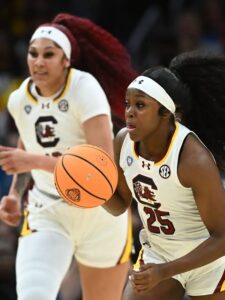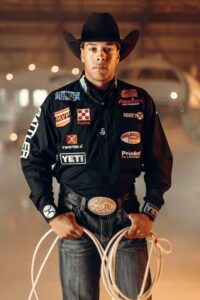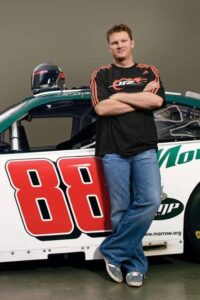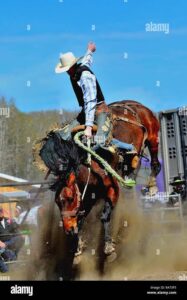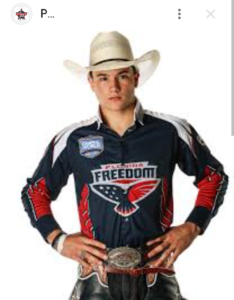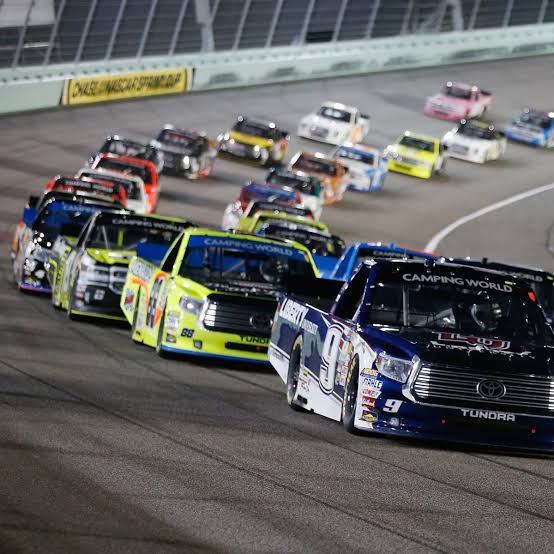
Before the Ally 400 at Nashville Superspeedway, NASCAR made modifications to the Cup Series qualifying structure.
A mid-season rule change for the Cup Series was introduced by NASCAR last week in advance of the race at New Hampshire Motor Speedway. However, the rule change was not officially introduced until this Saturday at Nashville Superspeedway, as qualifying for the USA Today 301 last weekend was canceled due to inclement weather. Since 2020, NASCAR has divided drivers into two groups according to a four-variable formula. You can get a detailed explanation of that formula, which takes into account driver points, owner points, the most recent finish, and the quickest lap, here.
The top five drivers in each group move on to the shootout for pole position in the second round. Before 2024, the remaining positions in the starting lineup were decided by comparing the speeds of the drivers who did not advance. This year, the non-advancing drivers in the first group will start to line up on the outer lane in row six, which is where they will start, and the non-advancing drivers in the second group will start to line up in row six, which is where they will start. Due to the possibility of variations in track conditions between groups, this modification was introduced to prevent drivers from having an unfair advantage by being in one group over another.
But the second round had been nothing more than a gunfight between the top ten drivers, with the drivers finally filling the first five rows according to their second round speeds. The driver who drove the fastest took the lead, followed by the driver who started in second place on the front row and the driver who started third, and so on.
But NASCAR opted to make the second round group-based as well.
The first group of five drivers goes out first, their round one speeds reversed, followed by the second group of five drivers, likewise going out in reverse order of their round one speeds.
The driver with the fastest overall time still wins pole, but only he can be sure to qualify based on his total speed. Even though he is only sixth fastest overall, the fastest driver in the other group lines up on the other side of the front row, giving the pole sitter the option of choosing his own lane. From rows two through five, or fourth through tenth position, the surviving drivers of the first group occupy the outside lane, while the surviving drivers of the second group occupy the inside lane, or rows two through five, or third through ninth place.
Here are the top 10 finishers for the 300-lap Ally 400 on Sunday on the Lebanon, Tennessee oval, which has four turns and a distance of 1.333 miles (2.145 kilometers).
1st – Denny Hamlin
2nd – Josh Berry
3rd – Christopher Bell
4th – Kyle Larson
5th – Brad Keselowski
6th – Tyler Reddick
7th – William Byron
8th – Ty Gibbs
9th – Chris Buescher
10th – Austin Cindric
Here is what the top 10 would have been if the lineup had been determined strictly by speed, like it used to be.
1st – Denny Hamlin
2nd – Christopher Bell*
3rd – Josh Berry*
4th – Kyle Larson
5th – Tyler Reddick*
6th – Brad Keselowski*
7th – William Byron
8th – Ty Gibbs
9th – Chris Buescher
10th – Austin Cindric
Different lineup under new format
In reality, during a post-qualifying interview, one of the NBC announcers stated that Berry qualified third overall, but due to the rule change, he really qualified second, even though he had the third-fastest speed overall in the second round.
Overall though, the rule adjustment makes sense and is consistent with the pre-season regulation change regarding the format of the opening round.
The second round was taking place on Saturday afternoon, and NBC (USA Network) did a superb job of showing a changed graphic on-screen to illustrate the shift.


